Crystals, Fields, and Collapse: Understanding and Disrupting Synthetic Structures in Dental Anaesthetics
New microscopy reveals how self-assembling architectures in anaesthetic formulations can be disrupted — and what that means for detoxification and intervention.
In this latest paper, I document how dental anaesthetic solutions, seemingly benign, can self-assemble into crystalline and vesicular architectures that are anything but accidental. More importantly, I show that these structures are not invulnerable. By exposing samples to passive fields, coherence-modulating devices like Orgonite, and observing the influence of environmental factors such as laptop proximity, we’ve revealed both vulnerabilities and environmental sensitivities in their assembly logic. If these formulations contain engineered materials, understanding how to destabilise or recondition their structures may be key to counteracting their effects in the body. This is the blueprint — and the beginning of a counter-strategy.
🔗 Read the full paper here:
Coherence-Dependent Self-Assembly in Dental Anaesthetics: Structural Modulation through Passive Field Exposure.
This paper takes us further into the heart of a question that’s been lurking since we first observed complex crystalline formations in pharmaceutical products:
What happens when we interfere with their coherence?
Through a series of methodical experiments, I examined dental anaesthetic samples exposed to coherence-modulating devices like Carlos Orozco’s Key to Coherence, Orgonite, and the Theraphi plasma system, alongside everyday environmental influences like proximity to a laptop. What emerged was more than just structural change — it was a window into the persistence, programmability, and vulnerabilities of these synthetic architectures.
🔍 What Do We Mean by Coherence?
In this context, coherence refers to an organised, field-sensitive state in which particles, vesicles, and crystals assemble with precision and symmetry — as if guided by an invisible framework.
It’s not just chemical bonding. Coherence describes the alignment of phase, energy, and information, enabling structures to form in ways that are reproducible, responsive, and sometimes programmable.
When coherence is disrupted — whether by fields, frequency mismatches, or informational interference — these systems lose their structural order, sometimes collapsing entirely or reassembling in degraded forms.
In this work, I also propose a formal framework for understanding this: the Bio-Synthetic Interface (BSI) model, where the interface potential of a system is defined by the product of its Coherence (C), Resonance (R), and Information Flow (F) — captured in the simple relation:
BSI = C × R × F
This formulation offers a lens to understand why certain interventions — whether energetic, informational, or vibrational — can disrupt or modulate synthetic structures. If any one of these variables is diminished, the capacity for coherent assembly collapses.
Key Findings
🔵 Self-Assembly is Coherence-Dependent:
In untreated conditions, these materials reliably produce vesicles, crystalline motifs, and fractal architectures — a choreography I’ve termed the Tetraphasic Assembly Model.
🟣 Passive Fields Can Disrupt Assembly:
Orgonite-treated samples showed delayed or even arrested crystallisation. Instead of organised forms, I observed Coherence Residual Domains (CRDs) — static, circular regions where the assembly process stalled.
🟡 Directional Memory in Matter:
Perhaps most striking: the location of these CRDs wasn’t random. They consistently formed on the same side of the droplet relative to the laptop — even across multiple experimental sessions. This suggests that these systems possess an embedded spatial memory, sensitive to subtle field asymmetries.
🟠 Persistence of Architectural Templates:
Even after prolonged disruption, when crystallisation finally resumed, signature motifs like the Circle-Rectangle Motif (CRM) still re-emerged — degraded, but unmistakable. This points to a deeply embedded structural program that resists full erasure. (Image on the right below is 4000x magnification.)
🟤 Laptop Proximity Alters Crystallisation Dynamics:
In live demonstrations, droplets formed crystals predictably on the side closest to the laptop, regardless of light direction or microscope position — revealing an overlooked form of environmental coherence bias.
Why It Matters
These aren’t just chemical residues — they are phase-sensitive, programmable architectures that respond to their field environment. If we can disrupt their coherence, we can learn how to dismantle or repattern these synthetic systems — and that has profound implications for both detoxification and broader bio-digital interventions.
We’re not just observing — we’re reverse engineering.
I’ll soon follow up with insights on how these findings fit into the bigger picture of synthetic biology, coherence disruption, and countermeasures.
📚 Bonus Material: Nine Appendices for Deeper Insights
This paper includes nine appendices that extend beyond the primary findings. Notably, I share:
My experiments with colloidal gold, where its oscillatory properties appear to destabilise self-assembling structures through a frequency mismatch — an energetic, rather than chemical, mode of disruption.
Detailed observations of disassembly dynamics in Pfizer Comirnaty. Even when these synthetic architectures collapse, they leave behind detectable traces:
Residual motifs like fragmented CRMs and toroidal forms that persist in partial or degraded states.
Vesicle scaffolds and colloidal networks that remain structurally distinct from biological debris, suggesting retained organisational potential.
Persistent optical activity, where certain residues continue to display anomalous luminescence or refractive patterns under dark field microscopy.
Incomplete disassembly, where despite energetic disruption, the system does not fully revert to a random colloidal state — indicating latent structural memory.
These residues reflect a programmed resilience, designed to survive partial disintegration and potentially reassemble under favourable conditions.
Together, the appendices offer a toolkit of observations, methods, and hypotheses for reverse engineering synthetic self-assembly and disassembly, laying the groundwork for future detoxification strategies.
🔬 Treatment Reflections — What I’m Exploring Personally
While this paper focuses on structural observation and disruption in vitro, it naturally leads to the deeper question: how can we intervene biologically? I’ll be writing more on this soon, but here are some of the approaches I’m currently exploring — not as formal recommendations, but as areas of active inquiry:
Orgonite — as a passive coherence modulator, which clearly impacts self-assembly in laboratory conditions.
Sodium Citrate — known to influence crystallisation pathways and potentially disrupt synthetic assembly.
Activated Charcoal — for broad-spectrum binding, possibly capturing disassembled residues.
Ivermectin — still under investigation, but showing plausible effects on synthetic contaminants.
Enzymes — especially proteolytic enzymes, which may help break down scaffold-like or protein-mimetic structures.
Colloidal Gold — which in my microscopy work induces oscillatory disruption, destabilising synthetic assemblies. Its in vivo role remains uncertain, but its energetic properties merit further exploration.
Plant-Derived Compounds — including terpenes and saponins, as found in species like Gumby Gumby (Pittosporum angustifolium). These phytochemicals may modulate membrane dynamics, influence signalling pathways, and disrupt pathological assembly — though their specific mechanisms remain under investigation.
I’m particularly interested in the potential of plant compounds to recondition biological coherence and support innate detoxification mechanisms. The Micronauts collective and other independent researchers are likewise exploring these natural avenues, adding critical depth to this emerging field.
This is a conversation, not a conclusion — and if you’re working in this space or have insights, I’m keen to connect.
I hope you weekend goes well.
David
PS Thanks again for the support that has enabled me to make this happen.




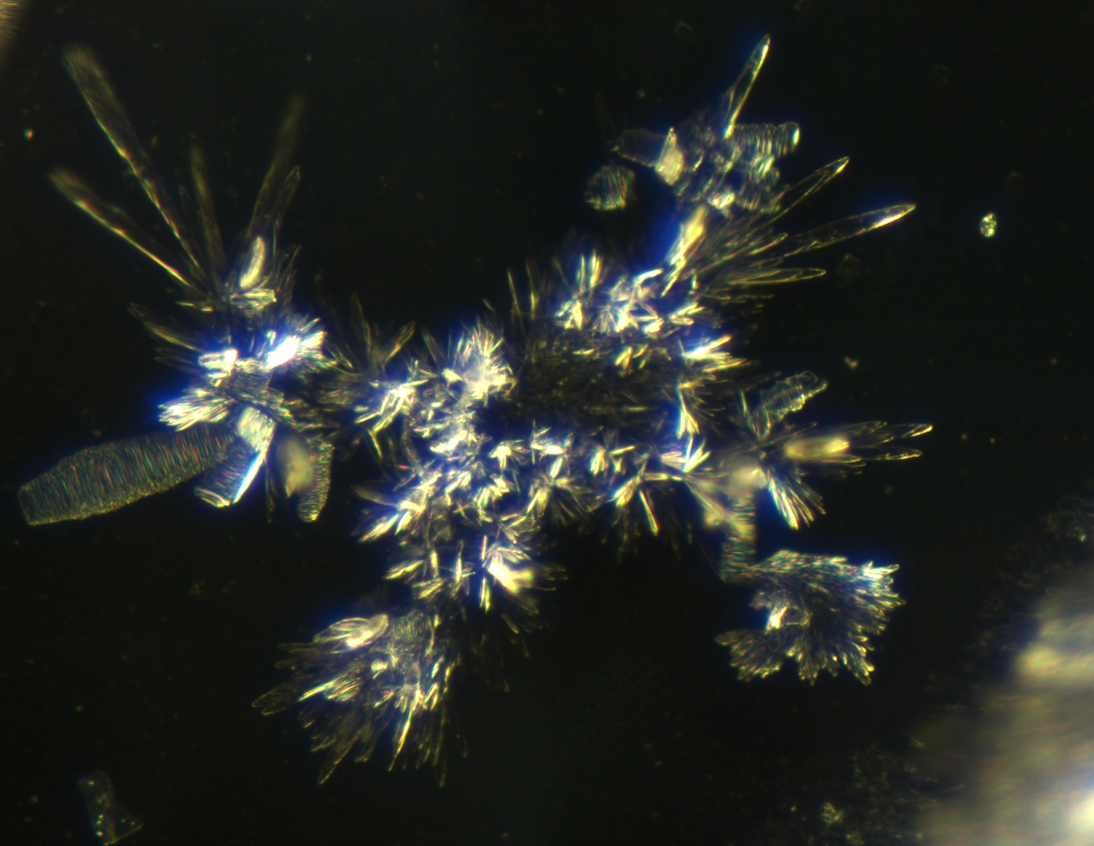
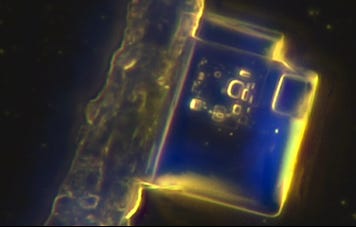
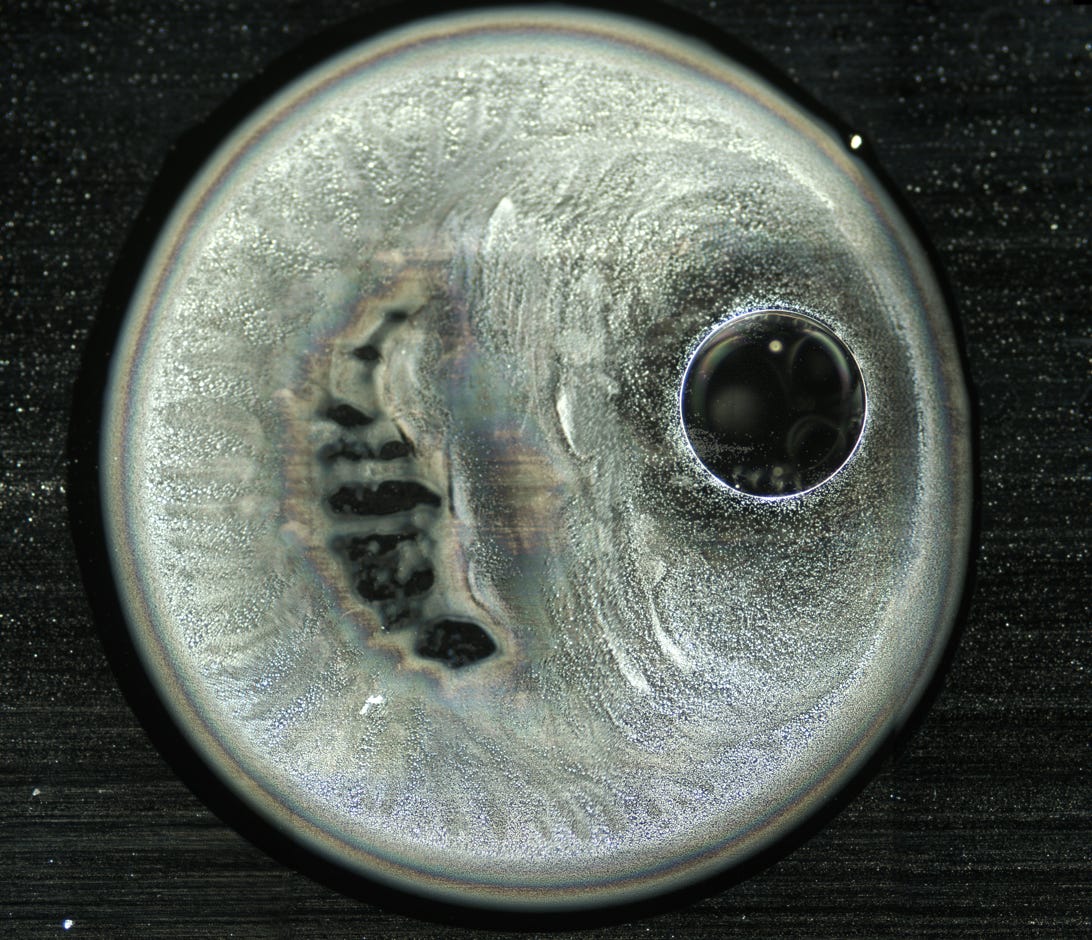
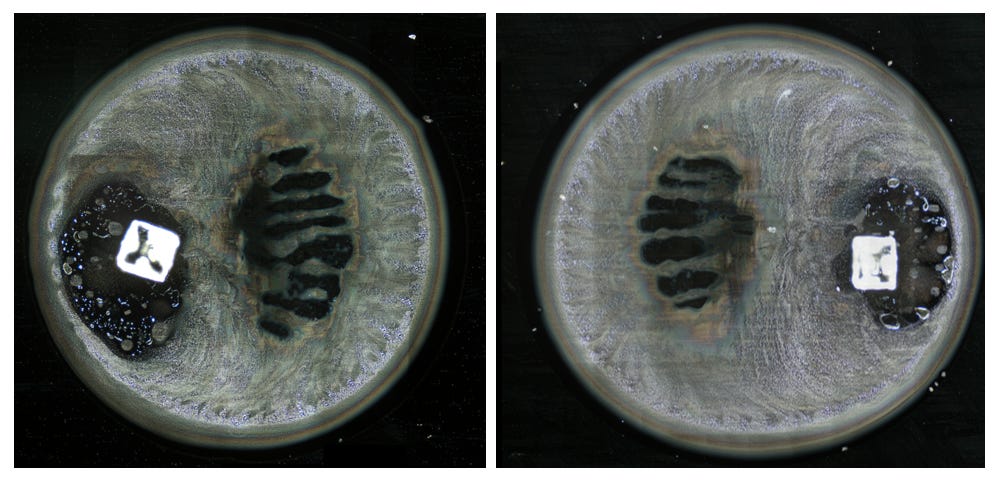
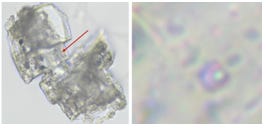
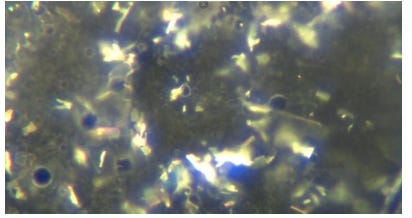


Eagerly awaiting so that one day I might go back to the dentist. Thanks for all your work & findings.
THANK YOU DR NIXON FOR YOUR INCREDIBLE ENDURANCE INTO THIS EVER SO IMPORTANT RESEARCH......!!!